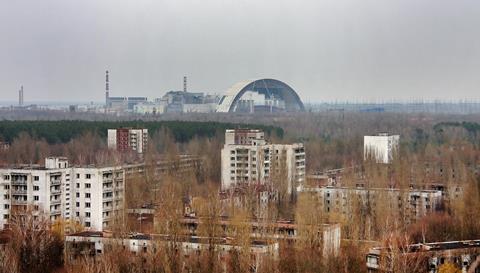
Source: © Shutterstock The Chernobyl nuclear power plant where a domed concrete structure is being built to contain the still highly radioactive reactor
Scientists in France have developed a nanoparticle-based formulation of Prussian blue, which could lead to better treatments for people who have been exposed to radioactive contamination.
Large quantities of radioactive contaminants can be released into the environment during nuclear weapon tests or accidents at nuclear reactors – such as those that occurred in Chernobyl, Ukraine, in 1986, and more recently in Fukushima, Japan. Radioactive caesium isotopes are among the more common fission products that escape during such events and are easily absorbed by the human body. Exposure to radioactive caesium can cause many different types of cancer, neurological effects and in extreme cases rapid death.
The full story can be read in Chemistry World.
The original article is free to access until the 24th May 2017 and can be read below:
In situ synthesis of Prussian blue nanoparticles within a biocompatible reverse micellar system for in vivo Cs+ uptake
Yannick Guari et al.,
New J. Chem., 2017, 41, 2887-2890
DOI: 10.1039/C6NJ03770D










